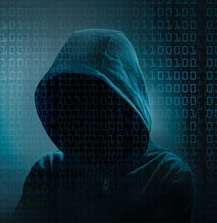

In the old days, dinosaurs and giant flying condors chased us for dinner. We had to be aware and take precautions. Today, hackers are watching and waiting for us to expose a password or send personal information over a public wi-fi signal in a coffee house. While they won’t eat you directly, they will use your financial information to buy a nice dinner at a fancy steak house. (a double insult to a vegetarian)
Yes, that means multiple passwords. Here’s why; you visit a site and it asks you to sign up for something. All they want is your e-mail address and a password. Many, many people use the password of their e-mail account. Boom, you just gave them access to your e-mail, possibly also to your bank account. There is a script available on the dark web that runs these e-mail addresses and passwords at all the major banks. If they can get access that account is then targeted for hacking. They will set up a transfer of funds and by the time you discover it the money is in Russia or China, gone forever.
Another potential issue is that your e-mail account will get accessed to send out tons of spam. Then your e-mail address get’s blacklisted and you can’t send e-mail to anyone. Getting that fixed will take a lot of work.
This alone will stop the most common hacks being done today. Then, when you go to any financial site, from your bank account to Amazon, you need a separate, unique password.
While this may sound complex, it’s a lot easier than losing a pile of money to a hacker. Here’s the easy solution:
Have your main password. For example; Mypw2929. Then use modifiers that are easy to remember.
For your account at CitiBank use Mypw2929CB. For Amazon use Mypw2929AM
Hackers use automated tools to test website access and this tactic will defeat them.
It takes a bit of set up work, but it’s really much easier than dealing with a hacked account. Here’s an interesting story of old school hacks.